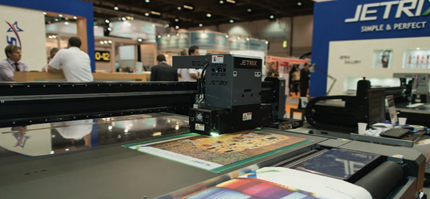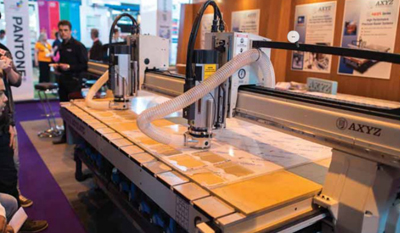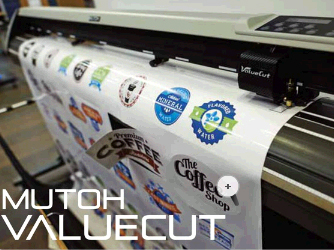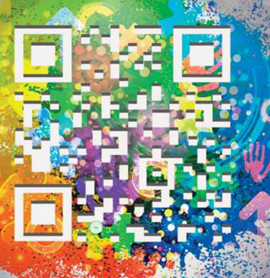Nessan Cleary gets up close to this new flatbed, launched complete with new inks at Fespa 2013.
Korean ink manufacturer Inktec showed a flatbed printer at this year’s Fespa show in London. The Jetrix KX5 has a bed size of 2.5 x 1.3m, and there’s an optional roll-feeder which takes media up to 2.2m. This should take rolls up to around 100m, enough to allow the printer to be left printing during the night. Unusually, it will take media up to 10cm high. The operator has to set the carriage height but there’s a motion sensor on either side that will stop printing if there’s any danger of the heads hitting the substrate.










